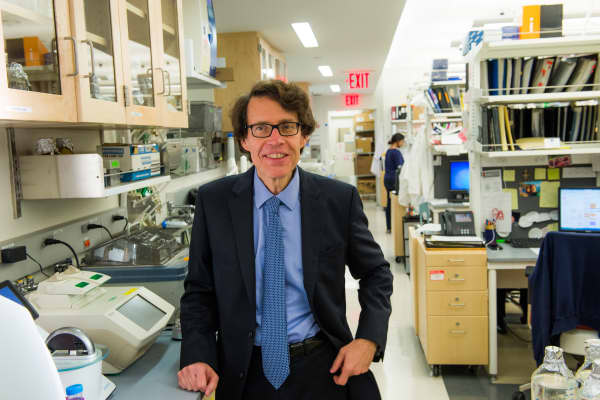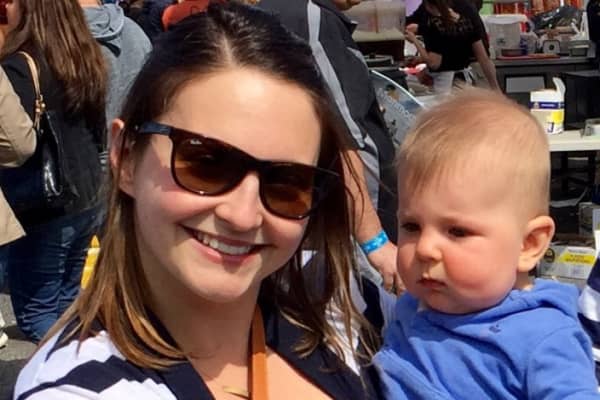Value can be measured in myriad ways, says MacLean, from patient satisfaction to time spent in recovery. For patients and their employers, an important assessment of value is presenteeism, or productivity loss in the workplace due to a health condition.
"For patients who have hip or knee arthritis, it can be really painful to sit for long periods of time," says MacLean. "People who have more physical jobs where they have to lift or move things or walk around a lot can experience both pain and functional limitation. In either case, they're not fully present at their job because they can't work at full capacity."
According to the Integrated Benefits Institute, musculoskeletal conditions like lower back pain are some of the most common reasons for presenteeism in the work force, affecting nearly a quarter of employees. And this has been proven to be costly: researchers have found that lower back pain -- to say nothing of other musculoskeletal problems -- cost employers approximately $51,000 per 100 workers in medical treatment costs, as well as sick days, short term disability, long term disability, worker's compensation and presenteeism. Costs incurred due to presenteeism alone are roughly $8,000.
"If you have employees that you depend on, you want them present and performing to their full potential – that is what employers are paying for," says Lou Shapiro, chief executive officer of HSS. "Focus on what you're paying and not on what you're getting exposes employers to making the wrong decision on behalf of their employees, and their companies."
"We have individuals who do research, who innovate, who leverage that deep knowledge they have to say, how can we do better in the future?" says Shapiro.
For the innovators, it all comes down to the patient – people like Nicole Gronbeck who in 2013, newly married at 29 years old, shattered her elbow in a snowboarding accident. "I knew I wanted to start a family, but I couldn't even brush my hair or feed myself with that arm. I asked Dr. Hotchkiss, 'how am I going to care for a baby?' It was a scary and emotional time." But after five hours of surgery, Hotchkiss and his team had rebuilt her elbow.
Recently, Gronbeck, now the mother of a two year-old, showed the doctor how she carries her child and can "throw him in the air" with her reconstructed arm.
"I thought, 'this is it'," Hotchkiss says. "That's value."






